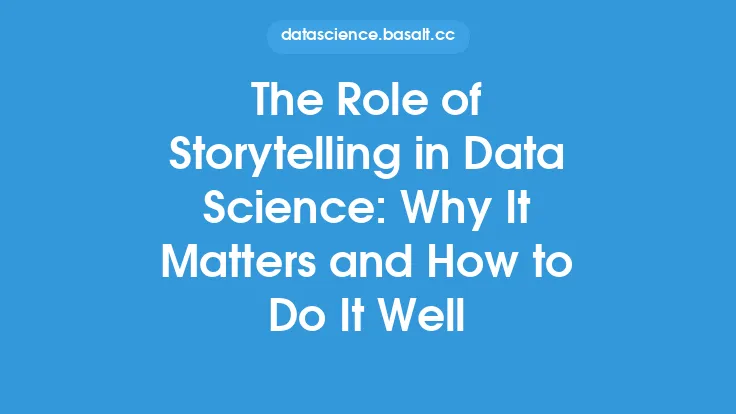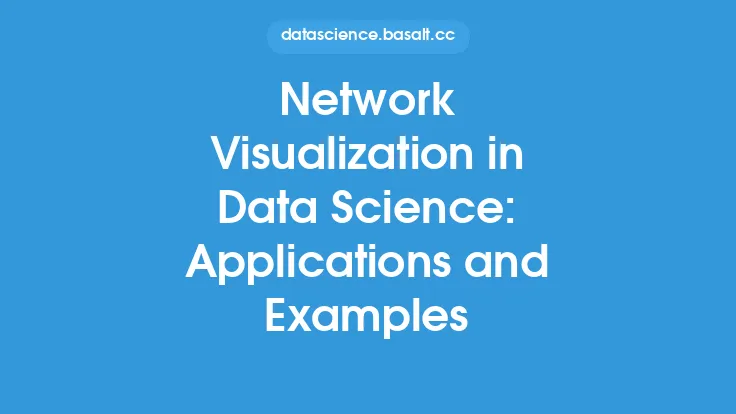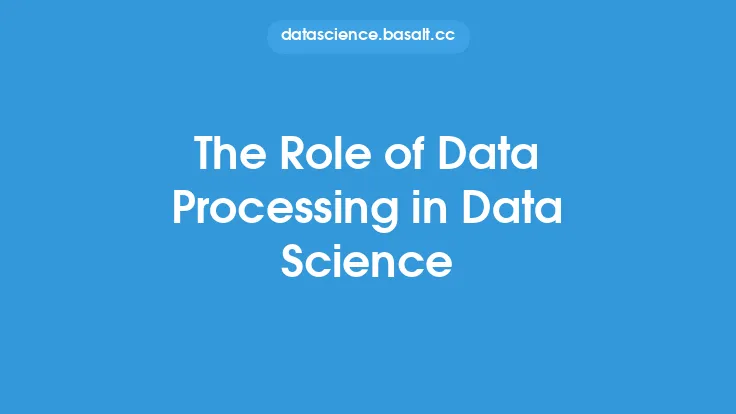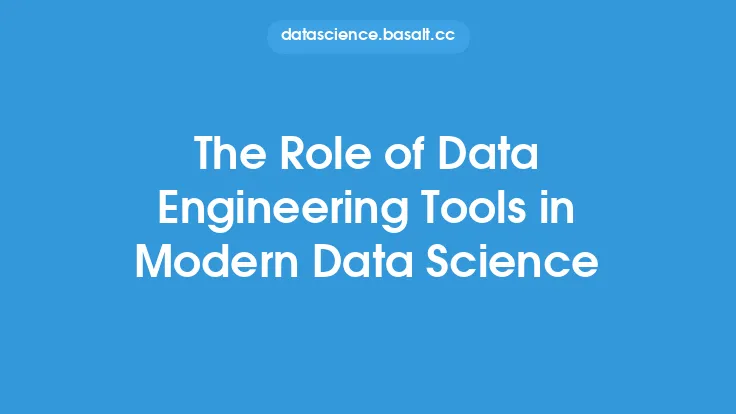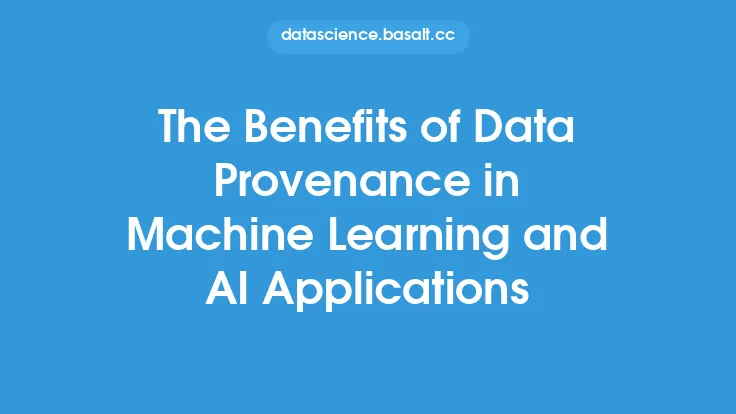Probability plays a crucial role in data science, as it provides a framework for making predictions, estimating uncertainties, and modeling complex systems. In data science, probability is used to analyze and interpret data, make informed decisions, and drive business outcomes. This article will explore the applications and examples of probability in data science, highlighting its importance and relevance in the field.
Introduction to Probability in Data Science
Data science is an interdisciplinary field that combines statistics, computer science, and domain-specific knowledge to extract insights and knowledge from data. Probability is a fundamental concept in data science, as it provides a mathematical framework for modeling and analyzing random events and phenomena. In data science, probability is used to quantify uncertainty, make predictions, and estimate the likelihood of different outcomes. Probability theory provides a set of tools and techniques for working with data, including probability distributions, Bayes' theorem, and stochastic processes.
Probability Distributions in Data Science
Probability distributions are a fundamental concept in probability theory, and they play a crucial role in data science. A probability distribution is a mathematical function that describes the probability of different outcomes or values in a random experiment. In data science, probability distributions are used to model and analyze data, and to make predictions about future outcomes. Common probability distributions used in data science include the normal distribution, the binomial distribution, and the Poisson distribution. For example, the normal distribution is often used to model continuous data, such as stock prices or temperatures, while the binomial distribution is used to model binary data, such as 0/1 or yes/no outcomes.
Bayesian Inference in Data Science
Bayesian inference is a statistical framework that uses Bayes' theorem to update the probability of a hypothesis based on new data or evidence. In data science, Bayesian inference is used to make predictions, estimate parameters, and model complex systems. Bayesian inference provides a flexible and powerful framework for working with data, and it is widely used in applications such as machine learning, natural language processing, and computer vision. For example, Bayesian inference can be used to estimate the probability of a customer churn based on their usage patterns and demographic data.
Stochastic Processes in Data Science
Stochastic processes are mathematical models that describe the evolution of a system over time, and they are widely used in data science to model and analyze complex systems. Stochastic processes can be used to model a wide range of phenomena, including stock prices, weather patterns, and social networks. In data science, stochastic processes are used to make predictions, estimate uncertainties, and optimize systems. For example, stochastic processes can be used to model the spread of a disease through a population, or to optimize the performance of a complex system.
Applications of Probability in Data Science
Probability has a wide range of applications in data science, including machine learning, natural language processing, computer vision, and recommender systems. In machine learning, probability is used to train models, make predictions, and estimate uncertainties. In natural language processing, probability is used to model language patterns, estimate word frequencies, and make predictions about text classification. In computer vision, probability is used to model image patterns, estimate object recognition, and make predictions about image classification. In recommender systems, probability is used to model user behavior, estimate preferences, and make recommendations.
Real-World Examples of Probability in Data Science
There are many real-world examples of probability in data science, including predicting stock prices, estimating customer churn, and optimizing supply chains. For example, a company may use probability to estimate the likelihood of a customer churn based on their usage patterns and demographic data. A financial institution may use probability to estimate the risk of a loan based on the credit score and financial history of the borrower. A retailer may use probability to estimate the demand for a product based on historical sales data and seasonal patterns.
Challenges and Limitations of Probability in Data Science
While probability is a powerful tool in data science, it also has its challenges and limitations. One of the main challenges is dealing with uncertainty and ambiguity in data, which can make it difficult to estimate probabilities and make predictions. Another challenge is working with large and complex datasets, which can require specialized techniques and algorithms to analyze and model. Additionally, probability models can be sensitive to assumptions and parameters, which can affect their accuracy and reliability.
Best Practices for Working with Probability in Data Science
To work effectively with probability in data science, it is essential to follow best practices, including understanding the underlying assumptions and limitations of probability models, using appropriate techniques and algorithms for data analysis and modeling, and validating and testing probability models to ensure their accuracy and reliability. Additionally, it is essential to consider the context and domain-specific knowledge when working with probability in data science, as this can affect the interpretation and application of probability models.
Future Directions for Probability in Data Science
The field of probability in data science is rapidly evolving, with new techniques and applications emerging all the time. Some of the future directions for probability in data science include the development of new probability models and algorithms, the application of probability to new domains and industries, and the integration of probability with other disciplines, such as machine learning and computer science. Additionally, there is a growing need for more interpretable and explainable probability models, which can provide insights and understanding into complex systems and phenomena.
Conclusion
In conclusion, probability plays a vital role in data science, providing a framework for making predictions, estimating uncertainties, and modeling complex systems. The applications and examples of probability in data science are diverse and widespread, ranging from machine learning and natural language processing to computer vision and recommender systems. While there are challenges and limitations to working with probability in data science, following best practices and staying up-to-date with the latest techniques and developments can help to ensure accurate and reliable results. As the field of data science continues to evolve, the importance of probability will only continue to grow, providing a foundation for making informed decisions and driving business outcomes.
